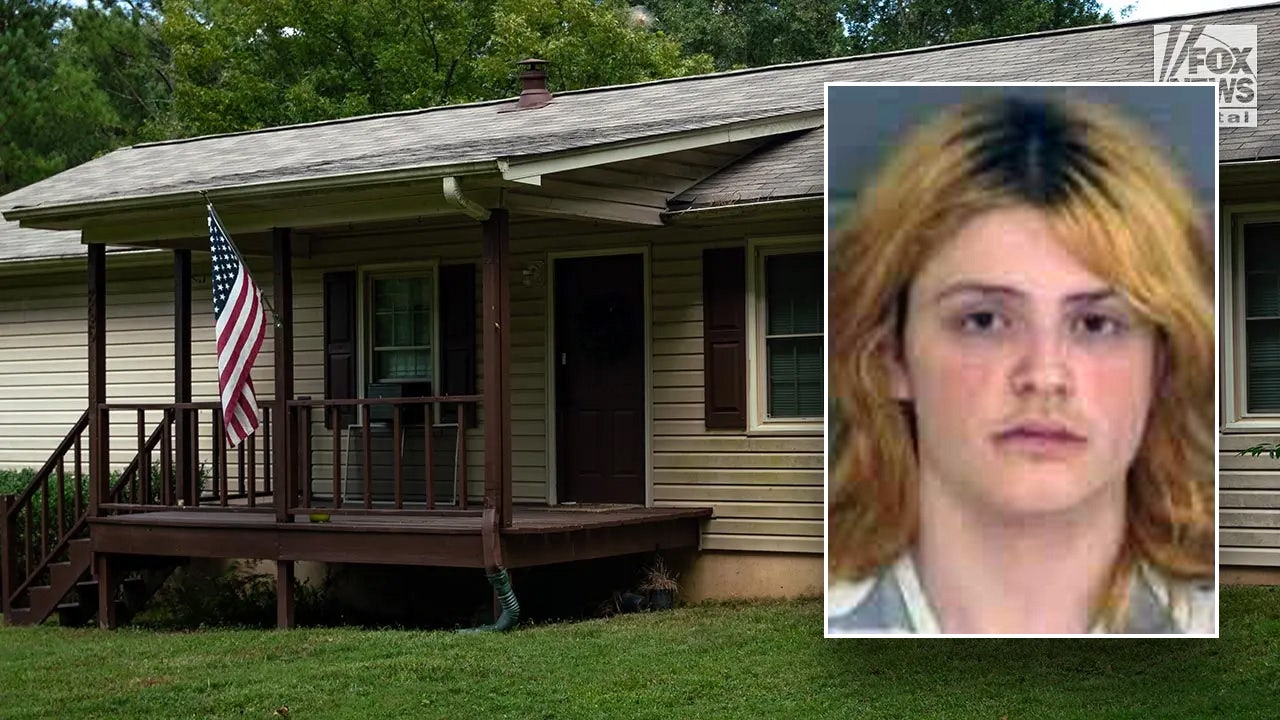Imagine being assigned to cover a historic event and then being told you have just 45 seconds to do it. That’s what photographers are faced with every day of Donald J. Trump’s criminal trial in Manhattan.
Because the court does not allow cameras during the proceedings, five photographers, part of a rotation representing 10 news organizations, are allowed by Justice Juan M. Merchan to step into the well of the court, between the judge’s bench and the defendant’s table just before court begins. Then, for 45 seconds, the courtroom belongs to them.
Their subject: the former president of the United States.
“He’s extremely serious during these 45 seconds,” said Doug Mills, a New York Times veteran and one of the 10 pool photographers. “He’s always looking directly into photographers’ lenses. He makes a point of making eye contact with the lenses.”
Mr. Mills, who was in court last week, said the short amount of time wasn’t the only limitation. The photographers are allowed to work only in the small space in front of the table, which is about 12 feet long. So they get creative, using a variety of lenses and taking different angles, as Mills did on Friday.
“I put my Sony camera on a monopod with an electronic remote and extended it high in the air, about 12 to 14 feet, and then took photos from a bird’s-eye view using a 24 mm lens,” he said.
Mr. Mills, who has covered every U.S. president since Ronald Reagan and is currently assigned to the White House, is used to working under heavy restrictions. But 45 seconds?
“I’ve been in the business for over 40 years; this is very different and very historic,” he said.
“It’s ironic that we get 45 seconds for the 45th president, it goes very fast.”
More on How We Are Bringing You the Trial
How We Report on the Jury
We take very seriously the safety of the jurors, and our reporters will avoid any contact with seated jurors until after they deliver a verdict. We are also avoiding any interaction with prospective jurors who have not yet been dismissed.
This jury’s decision could have tremendous consequences and we believe readers are entitled to know some details about its makeup. Justice Merchan has ordered that all jurors be anonymous (we don’t have their names), and prohibited the press from reporting on their current or former employers. The media is allowed to sit in on the selection process and to report on how potential jurors answered some of the 42 questions given them, and how they responded to questions from the lawyers for the defense and prosecution. Our coverage has been cautious and in line with the judge’s orders, and has also been carefully reviewed by The Times’s legal and Standards teams. We are reporting generally on jurors’ line of work, their personal interests, the area of Manhattan they live in, the social and news media they follow and their opinion of the defendant, if any.
Our Reporting Team
A team of reporters, editors and photographers from across The Times’s Metro, Politics and Investigations departments has been deployed to cover this trial, the first criminal trial of an American president.
Our core courthouse team, which has been preparing for months for the trial, includes reporters with decades of criminal justice experience; deep knowledge of Mr. Trump’s financial, business and legal history; and a nuanced understanding of the political implications of what may be the only trial Mr. Trump faces before the November election, despite multiple indictments. The team includes:
-
Jonah E. Bromwich covers criminal justice in New York, with a focus on the Manhattan district attorney’s office and state criminal courts in Manhattan.
-
Maggie Haberman, a senior political correspondent, has covered Mr. Trump since his days as a New York City real estate developer and wrote a biography of the former president.
-
Ben Protess, an investigative reporter, has been focused almost exclusively on Mr. Trump for the past six years, covering his family business, his administration and his legal problems.
-
Kate Christobek became a reporter in 2020 after practicing law for close to a decade. She was an assistant district attorney in New York City and an assistant attorney general for the State of Ohio.
-
William K. Rashbaum, who has been a reporter for 40 years, focuses on political and municipal corruption, the courts and law enforcement in New York City.
-
Jesse McKinley, a reporter on the Metro desk, covers New York courts and politics.
-
Jonathan Swan, a political reporter covering the former president’s 2024 campaign, has been reporting on Mr. Trump for more than eight years.
-
Alan Feuer has been writing about crime and criminal justice for The Times since 1999. In recent years, he has been closely tracking the hundreds of cases stemming from the attack on the Capitol by a pro-Trump mob.
-
Susanne Craig, an investigative reporter, has spent years examining Mr. Trump’s finances, including the origins of his wealth and the legally questionable techniques he has used to avoid paying millions of dollars of income tax.
-
Wesley Parnell is a reporter covering New York City, with a focus on the criminal justice system.
Your Questions
We’re asking readers what they’d like to know about the Trump trial — whether related to the charges, the procedure, the important players or anything else. Submit your questions below and we’ll take them to our reporters, who will answer some of them in the Trump on Trial newsletter.






